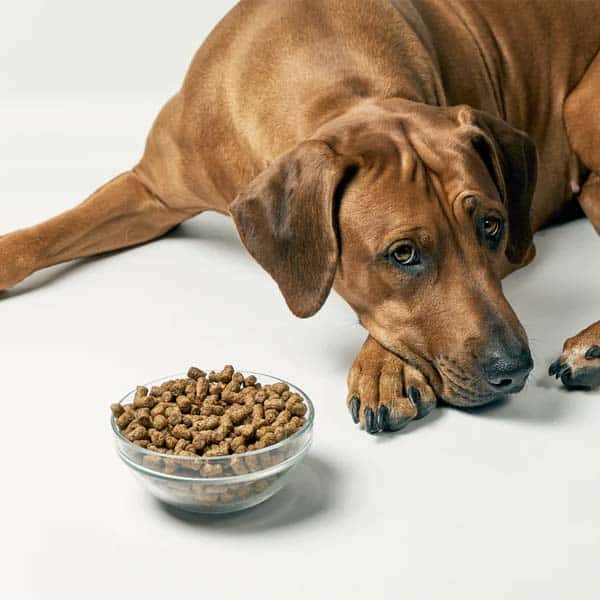What To Do If Your Dog Has BloatBloat, or gastric dilatation-volvulus (GDV), is a serious and potentially life-threatening condition that can affect dogs of all breeds and sizes. It occurs when a dog’s stomach fills with gas or fluid, causing it to expand and twist, cutting off blood flow to the stomach and other organs. If left untreated, bloat can lead to shock, organ failure, and even death within hours. In this article, we’ll provide a comprehensive guide on what to do if your dog has bloat, including the signs and symptoms, emergency treatment, and prevention tips.

1. Signs and Symptoms of Bloat
Bloat can come on suddenly and progress rapidly, so it’s essential to recognize the signs and symptoms early on. The most common signs of bloat include:
A distended or swollen abdomen that feels tight and painful to the touch
Restlessness and pacing
Unproductive vomiting or attempts to vomit
Rapid breathing or panting
Weakness, lethargy, or collapse
If you notice any of these symptoms in your dog, it’s crucial to seek emergency veterinary care immediately. Bloat can progress quickly and become life-threatening within hours, so time is of the essence.
2. Emergency Treatment for Bloat
Once your dog is at the vet, they will likely perform a physical examination, bloodwork, and X-rays to diagnose bloat and assess its severity. Emergency treatment for bloat typically involves a combination of medical and surgical intervention, depending on the severity of the condition.

2.1 Medical treatment may include:
- Decompression of the stomach with a stomach tube
- Administration of IV fluids, pain medications, and antibiotics
- Medications to improve blood flow and cardiac function
2.2 Surgical treatment may include:
- Gastropexy, a surgical procedure that tacks the stomach to the abdominal wall to prevent it from twisting
- Gastrostomy, a surgical procedure that creates an opening in the stomach to relieve pressure
- In severe cases, the vet may need to remove the spleen or other damaged organs to save the dog’s life.
3. Preventing Bloat
While bloat is a life-threatening condition, there are steps you can take to reduce your dog’s risk of developing it. Here are some prevention tips to keep in mind:
- Feed your dog smaller, more frequent meals instead of one large meal per day
- Avoid feeding your dog dry kibble that contains fat among the first four ingredients
- Use a slow feeder bowl to help prevent your dog from eating too quickly
- Encourage your dog to rest after meals and avoid strenuous activity
- Consider prophylactic gastropexy, especially for breeds that are prone to bloat

In conclusion, bloat is a serious and life-threatening condition that requires immediate medical attention. By recognizing the signs and symptoms of bloat and seeking emergency veterinary care, you can help save your pet’s life. With the right preventative measures in place, you can also reduce your dog’s risk of developing bloat and keep them healthy and happy for years to come.